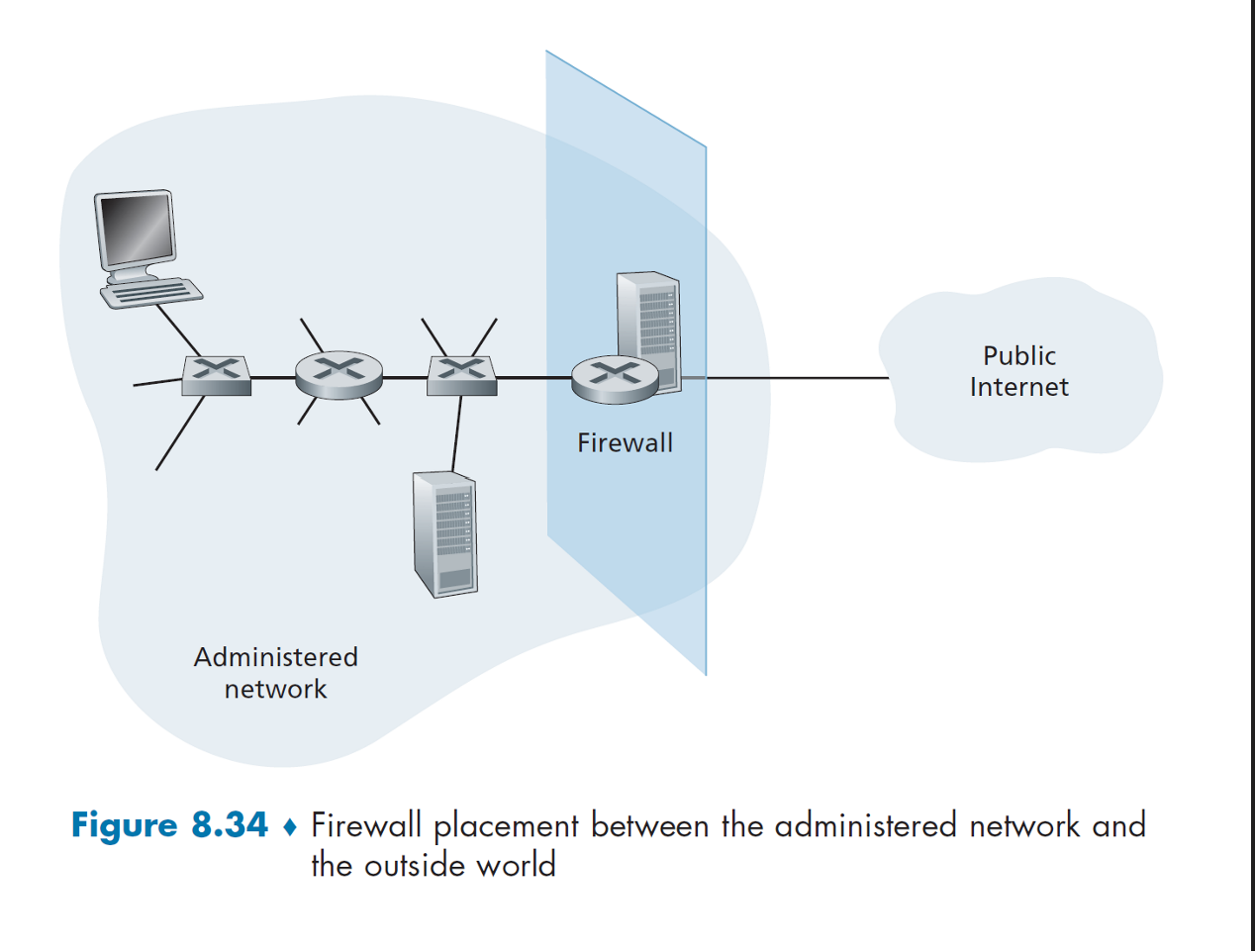Alas, the final week of the course, you have been a good one, I cannot deny.
This week we learned about Operational Security: Firewalls and Intrusion Detection Systems.
When traffic entering/leaving a network is security-checked, logged, or dropped, or forwarded it is done by operational devices known as firewalls, intrusion detection systems(IDSs) and intrusion prevention systems(IPSs). A firewall is a combination of hardware and software that isolates an organization's internal network from the Internet at large, allowing some packets to pass and blocking others.
A network administrator controls access between the outside world and resources within the administered network by managing the traffic flow to and from these resources, via a Firewall.
There are 3 main goals to a Firewall:
1)All traffic from outside to inside, and vice versa, passes through the firewall.
2)Only authorized traffic, as defined by the local security policy, will be allowed to pass.
3)The firewall itself is immune to penetration.
An illustration as to how Firewalls work:





